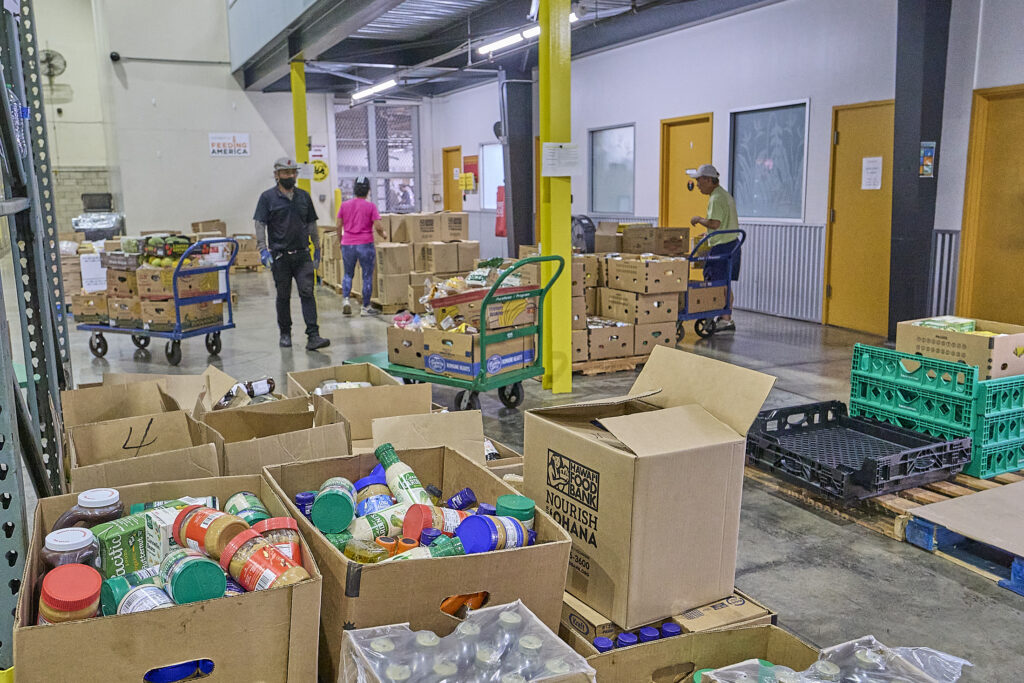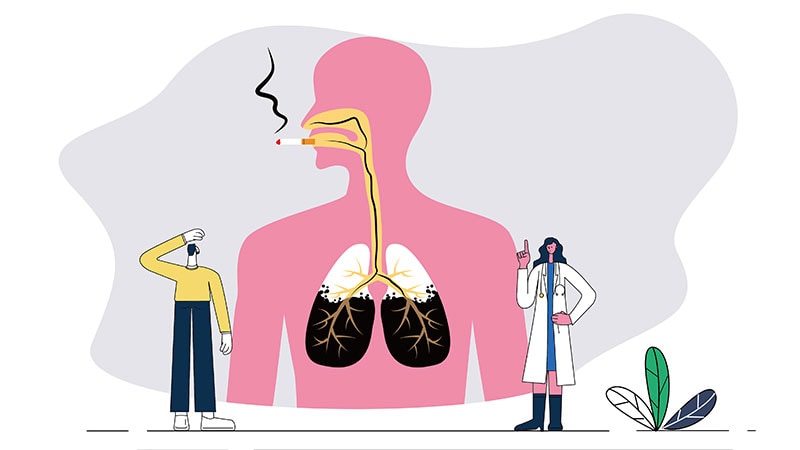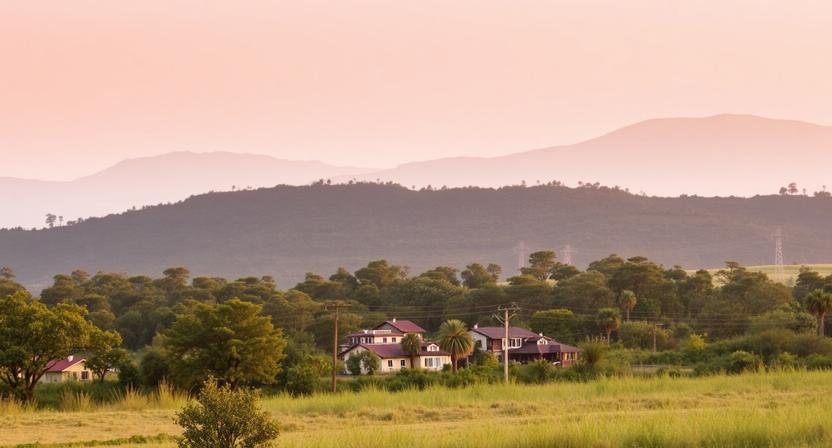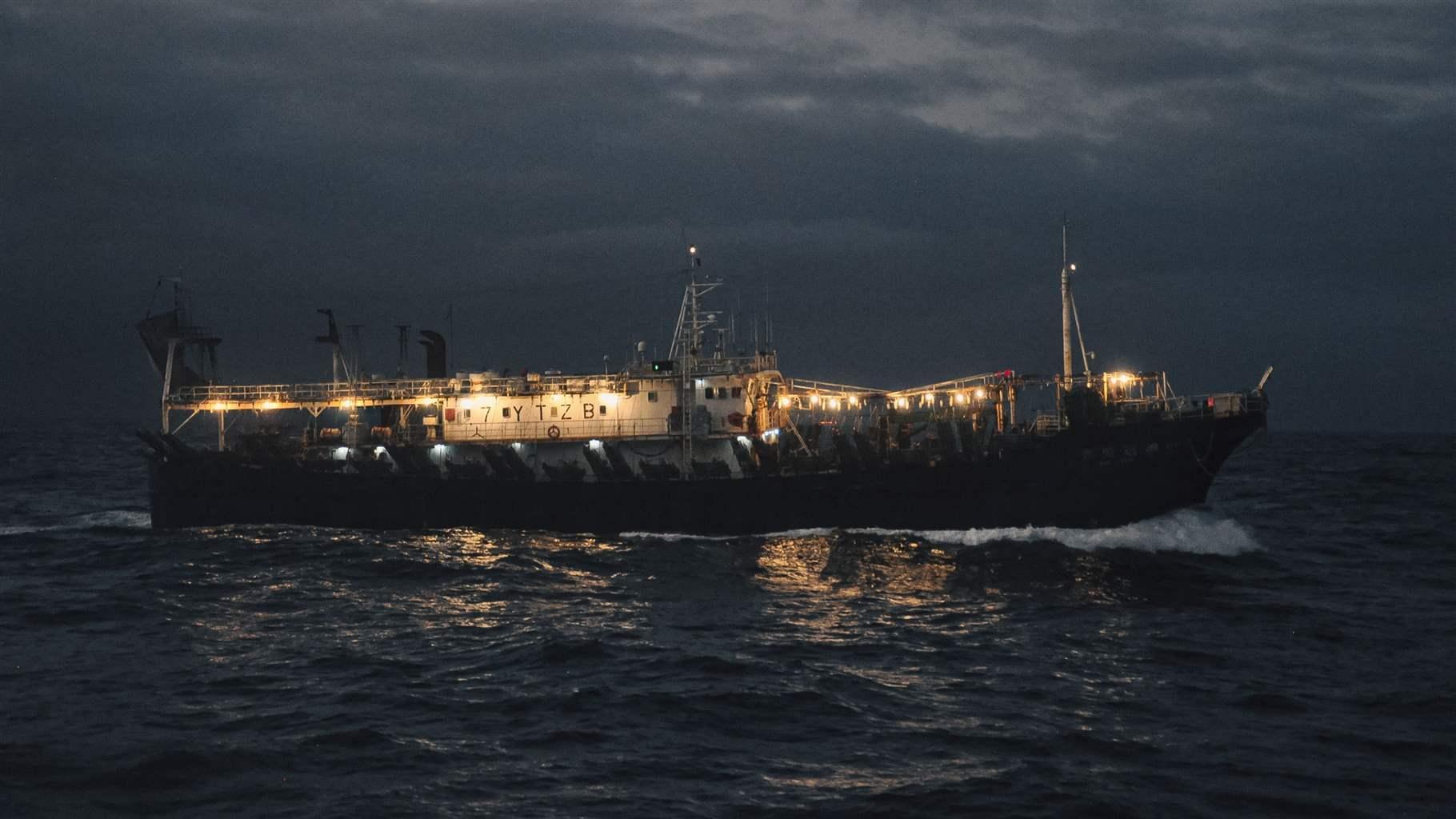Whales and Carbon Sequestration: Can Whales Store Carbon?
Whales can help mitigate climate change impacts by storing carbon in their bodies and transporting nutrients that benefit ocean food chains.
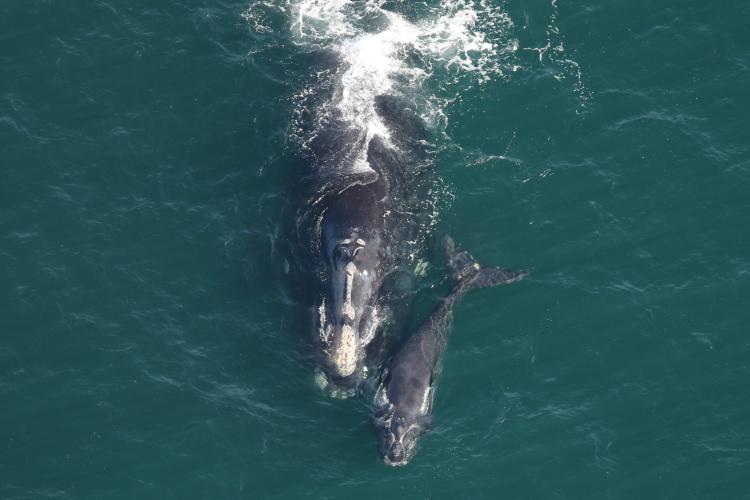
The ocean captures about 31 percent of all carbon dioxide emissions, removing carbon from the atmosphere that would otherwise continue to trap heat and increase temperatures. Blue carbon, or carbon captured by ocean ecosystems includes:
- Carbon absorbed by aquatic plants, algae, and phytoplankton
- Carbon stored in the bodies of living animals
- Carbon sequestered in deep-sea sediments
Scientists believe whales contribute to all three of these carbon storage mechanisms. They likely supported even greater amounts of blue carbon storage before their populations were depleted by commercial whaling in the 1800s. Conserving and recovering whale populations can mitigate climate change by increasing blue carbon capture, benefiting marine and terrestrial species alike.
How Do Whales Contribute to Carbon Storage and Nutrient Cycling?
Like trees in a rainforest or marine algae in a kelp forest, whales are efficient at capturing and storing atmospheric carbon directly in their large bodies throughout their long lives. When whales die, their carbon-rich carcasses often sink to the seafloor; that carbon is trapped and prevented from returning to the atmosphere as carbon dioxide. Whales also indirectly contribute to carbon capture by providing nutrient-rich waste to phytoplankton, which absorb large amounts of carbon dioxide.
Biomass Storage
Whales are some of the largest and longest living animals on earth. This allows them to store greater quantities of carbon in their bodies for longer than smaller animals. Whales efficiently digest and store large quantities of carbon-rich prey and exhale very little carbon dioxide back into the atmosphere. This process allows whales to store more carbon in their bodies than trees. One whale can capture an average of 33 tons of carbon dioxide over its lifespan. A live oak tree, one of the most efficient carbon-capturing tree species, captures roughly 12 tons of carbon dioxide over a maximum 500-year lifespan.
Whale Falls
After whales die, their carcasses often sink to the seafloor (called a “whale fall”), trapping the carbon stored in their bodies at the bottom of the ocean. Whale falls can sequester carbon for hundreds to thousands of years. Many deep-sea organisms have evolved to rely on nutrients from sinking carcasses. Whale carcasses are responsible for a large portion of those nutrients due to their massive size. As the carcass decomposes and is eaten by deep sea animals, that carbon is sequestered in sediment and cycled through the deep-sea ecosystem. This prevents it from returning to the atmosphere as carbon dioxide.
The Whale Pump
Some whale species, like the sperm whale, dive deep to hunt for nutrient-rich prey. As mammals, they must return to the surface to breathe. While there, they expel large amounts of nutrient-rich feces and urine, by-products of the digested deep-sea prey they’ve been hunting. This cycling is referred to as “the whale pump,” because their movements “pump” nutrients like nitrogen, phosphorus, and iron from the deep sea up to the surface. These nutrients, combined with sunlight, stimulate carbon-capturing phytoplankton blooms. Globally, marine phytoplankton capture the equivalent of four Amazon rainforests’ worth of carbon dioxide each year as they photosynthesize and produce half the oxygen we breathe. These microscopic plants also promote overall ocean productivity by providing food for other marine species.
The Whale Conveyer Belt
In addition to their vertical movements through the water column, most whale species migrate seasonally from nutrient-rich feeding grounds to nutrient-poor breeding grounds to mate and give birth. The nutrients whales consume on their feeding grounds are expelled as feces and urine along their migratory routes and in their breeding grounds. This stimulates phytoplankton blooms and increases carbon capture via photosynthesis. Baleen whales, including the blue, gray, and fin, and North Atlantic right whale, embark on some of the longest migrations on the planet—up to 12,000 miles. These large whales transport nutrients across oceans and encourage phytoplankton blooms along their migration corridors.
Recovery Efforts
It's difficult to put an exact number on the amount of blue carbon storage for which whales are responsible. But, it’s clear that whales can assist in carbon capture and play an important role in marine nutrient cycles.
Before commercial whaling, whales likely increased the ocean’s capacity to store carbon. Commercial whaling depleted whale populations by more than 80 percent globally, but there is hope for their conservation. Federal laws like the Marine Mammal Protection Act and the Endangered Species Act are critical for whale recovery. Humpback whale populations in the southwestern Atlantic have rebounded after being hunted nearly to extinction by the early 1900s. Blue whale populations off the U.S. West Coast are exhibiting similar positive responses to conservation measures. Gray whales in the Eastern North Pacific are now commonly observed off the U.S. West Coast due to international and U.S. conservation measures.
Whales play an important role in the overall health of the marine environment. Conserving and recovering whales can stimulate marine nutrient flow and help to mitigate climate change by increasing the ocean’s potential for carbon capture.
Responding to Climate Change
Shifting environmental conditions result in ever-increasing challenges for marine species. NOAA Fisheries is committed to conserving protected species in the face of the many threats posed by climate change. With our partners, we have taken steps to advance climate-focused science and management including:
- Climate vulnerability assessments for marine species to understand which species are most vulnerable and why
- Scenario planning to address uncertainties, predict impacts, and prioritize mitigation and recovery actions
- Climate-smart conservation training to educate staff on how to implement climate adaptation tools in their work
- Launching the Advanced Sampling and Technology for Extinction Risk Reduction and Recovery (ASTER3) program to prevent extinction and promote recovery of protected species through transformational technological advances
- Developing the Climate, Ecosystems, and Fisheries Initiative to build ocean models and provide climate-relevant information that supports decision makers as they prepare for and respond to changing conditions
These initiatives strengthen our understanding of the impacts of climate change on protected species and their habitats. We will use this world-class science and data in our climate-informed actions to enhance species’ adaptations and resilience to changing conditions under the Endangered Species Act.
What is Your Reaction?
 Like
1
Like
1
 Dislike
0
Dislike
0
 Love
0
Love
0
 Funny
0
Funny
0
 Angry
0
Angry
0
 Sad
0
Sad
0
 Wow
0
Wow
0





























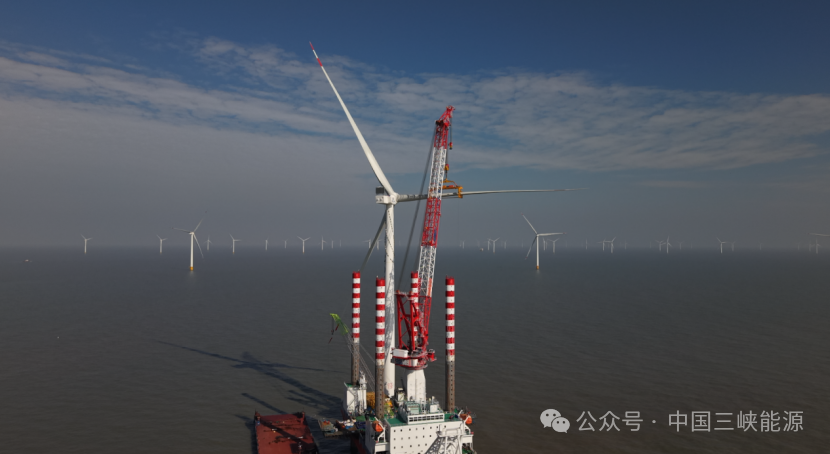
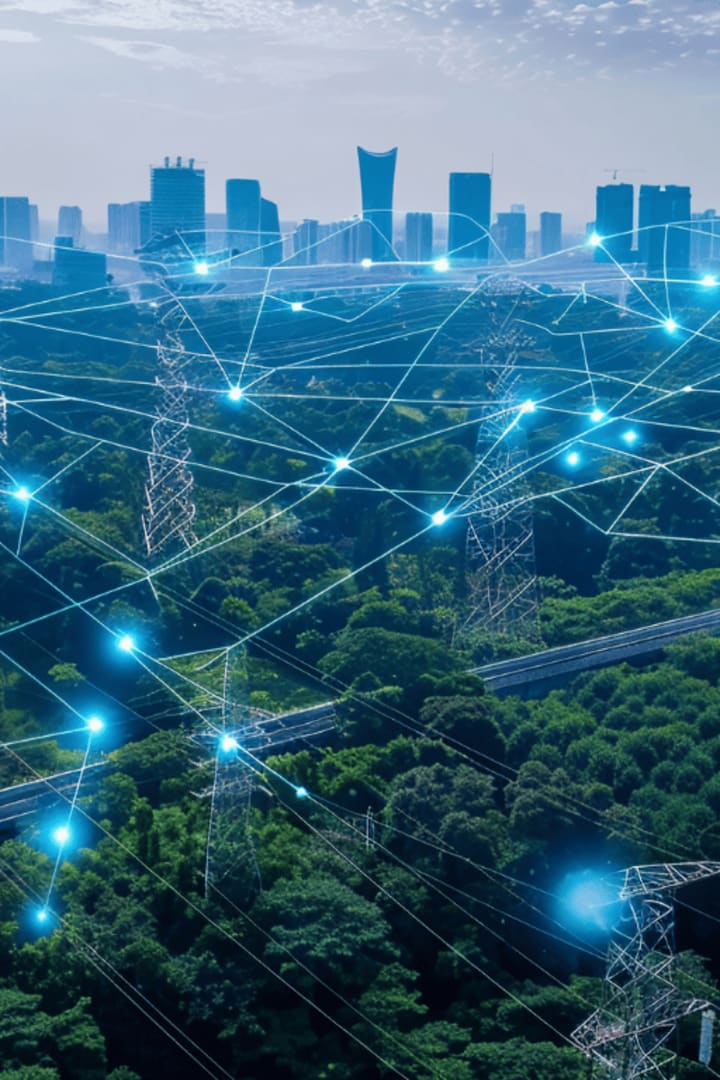



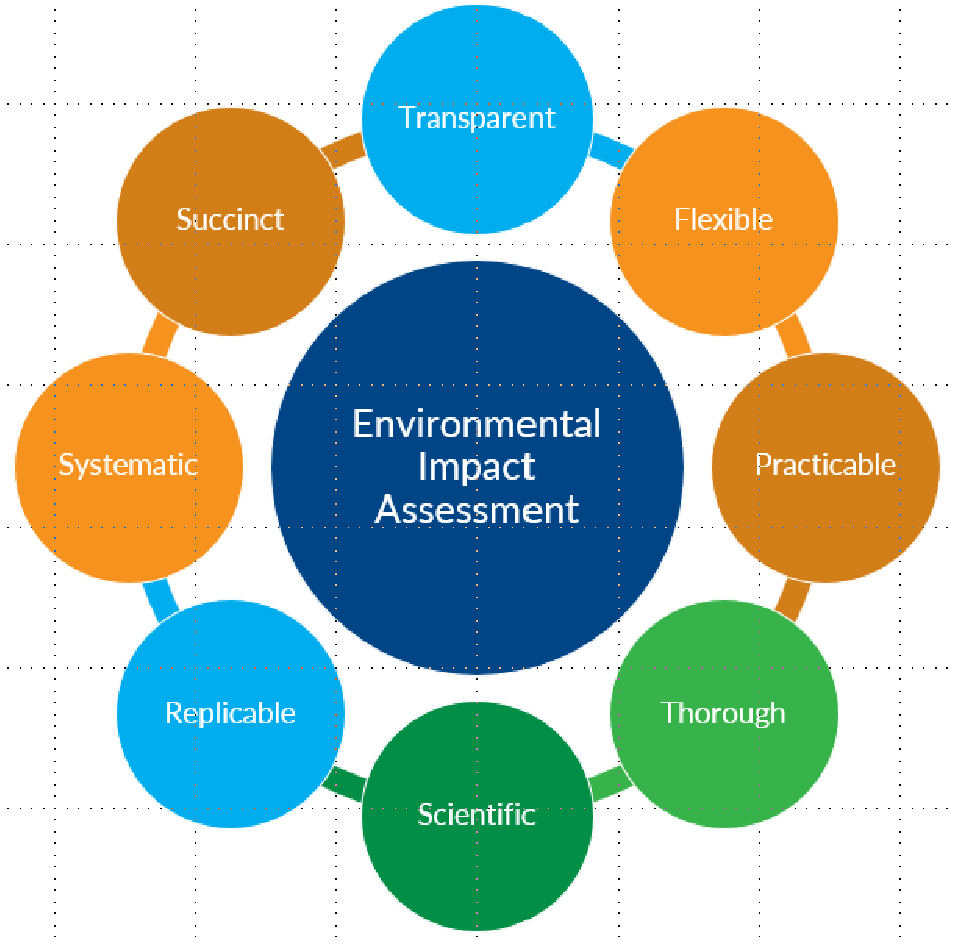








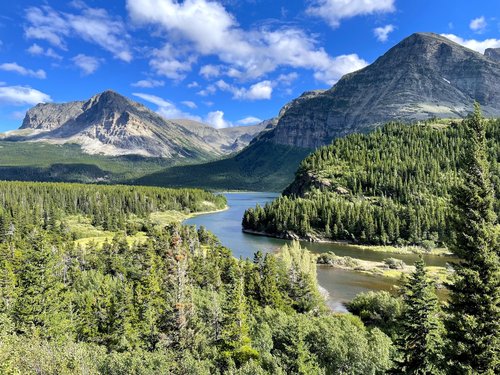


/environment-climate-change-and-health-(ech)/water-sanitation-hygiene-and-health-(wsh)/landfill-tuvalu-36092.tmb-1200v.jpg?sfvrsn=5c21fe40_1#)




.jpg.webp?itok=0ZsAnae9#)



